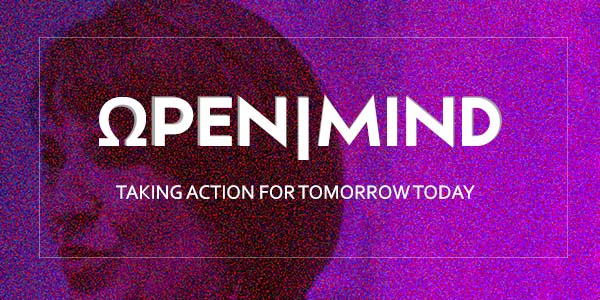
It’s a tough call: Should we impose a mandate to bring our teams back to working in person or is there a better way?
It’s been months since the in-person workplace was the only alternative. But too much has changed to simply put the Work Anywhere genie back into the bottle:
—Realizations about the downsides of commuting
—New habits that blend home and work more seamlessly
—Virtual tools that support collaboration better than before
—Novel, flexible alternatives to traditional offices have sprung up
—Economic conditions that either impose a threat (tech layoffs) or an opportunity (job growth) for the people who bring their talents to our teams
Tone deaf leaders won’t last in this environment. Neither will top-down mandates without conversations.
But, with the clock ticking and policies waiting to be made, what’s the best move to make?
If you get it right, you’ll have people eager to contribute with great attitudes and positive mindsets.
If you get it wrong, the mood could sour. Cynicism sets in. Command and control might work in the short term, but people might mentally check out.
It’s Time for The Refreshing Conversation (Not a Knee Jerk Mandate)
The best way to build consensus is to gather your team for a new type of strategy session.
Step One: Set the tone in advance: You want to listen. You want the team to be involved in dealing with hurdles and thinking in a fresh way about how work will happen. You want to align the work itself with the experience of the workplace.
Step Two: Bring people together to look at the year ahead and design the best path forward. Avoid the temptation to dust off last year’s strategy or a traditional SWOT analysis. Instead, start the conversation with an open-ended look at what’s changed, what’s important now, and what to do about it.
Step Three: Invite new people to the conversation. Who else in the company is rethinking their work place and policies? Which companies have come up with solutions that are more effective than mandates?
Step Four: Come to clear agreements on the main principles. What are the core aspects of work that require everyone to be in person, together? Which priorities will drive the next layer of in-person meetings? What are the new norms?
Step Five: Develop a New Type of Gathering. Once there’s agreement on how to handle the day-to-day work + workplace challenges, take a fresh look at how the team can elevate in-person gatherings. How might coming together in one location improve morale, support, creativity, productivity, and customer impact?
Mandates Are Harsh; Chaos Can Be Harsher.

A New Type of Gathering.
The worst thing about strategy sessions is figuring out a path in Q4, only to revisit the game plan again in Q1.
Or to revert to old habits.
I’ve been inspired by companies that have done strategy right, responding to new workplace realities by bringing forward better options:
Amex Flex — that offers a range of options for gathering
Walmart’s on-site collaboration initiatives
Blue Cross Blue Shield — helping other organizations to formulate back to work policies (versus mandates)
The key is to invest the time to customize plans that work for our work.

Mandates are the lazy way – this is a much better way to plan for the coming year.
Stop Wasting Time. Have the right meeting with your team so you don’t have to have the meeting again.
Resist the urge to revert to old tools like SWOT analysis as the starting point for your 2023 strategy.
Avoid Mandates. Bring new themes into the room: work + place + contribution. Recognize the new realities and listen.
Create Commitment Narratives with your team: the what, the why and the how.
Identify 2-3 challenging initiatives you’ll tackle together and let those drive buy-in and approach to getting the work done.
Be open minded about ways to integrate technology into the equation to create new work experiences and connections.

Andrea Kates is a San Francisco-based expert at moving innovation to revenue. She focuses on uncovering untapped opportunities and galvanizing strategic vision.
For 20 years she’s led bold initiatives in virtually every sector and every geography that help companies figure out where to place their bets on emerging products, services and technologies and to scale dynamic business models.
Today, Andrea works with leaders to discover their best future with a tangible, practical set of steps called: ➡ GET TO NEXT






